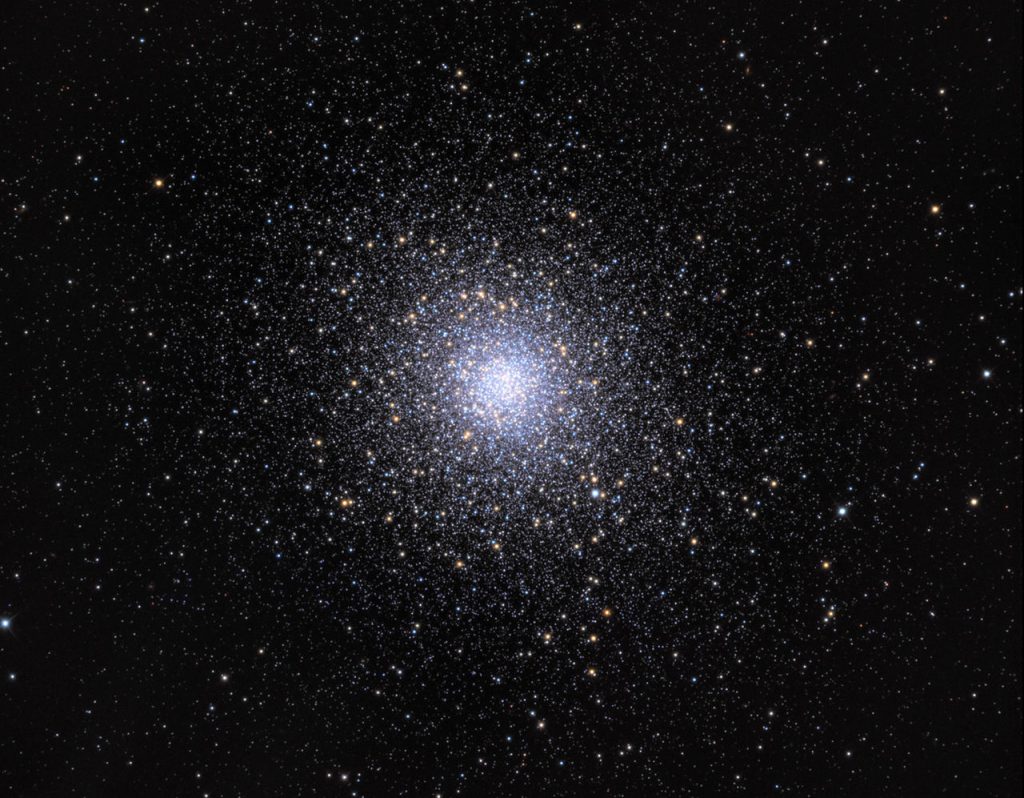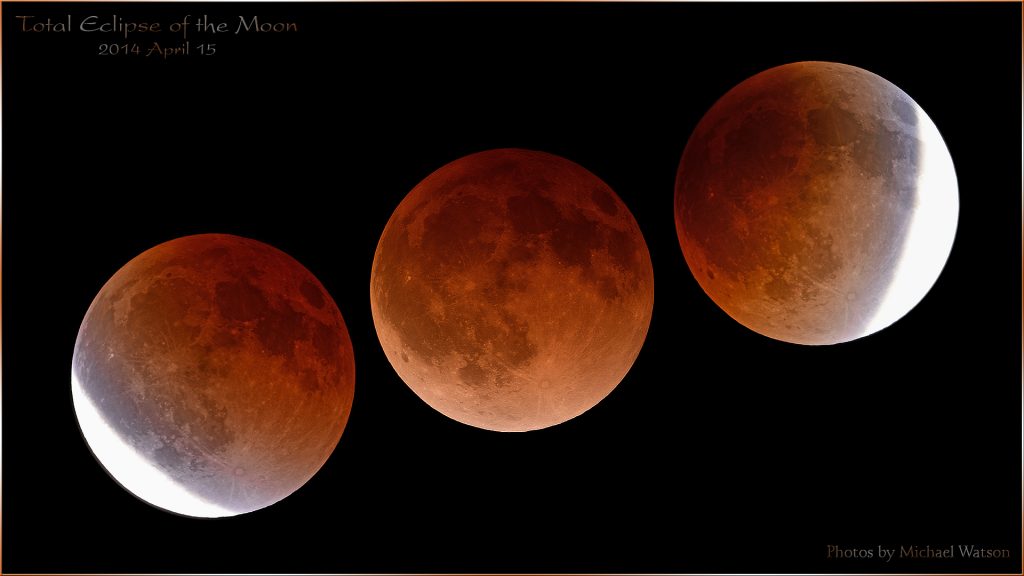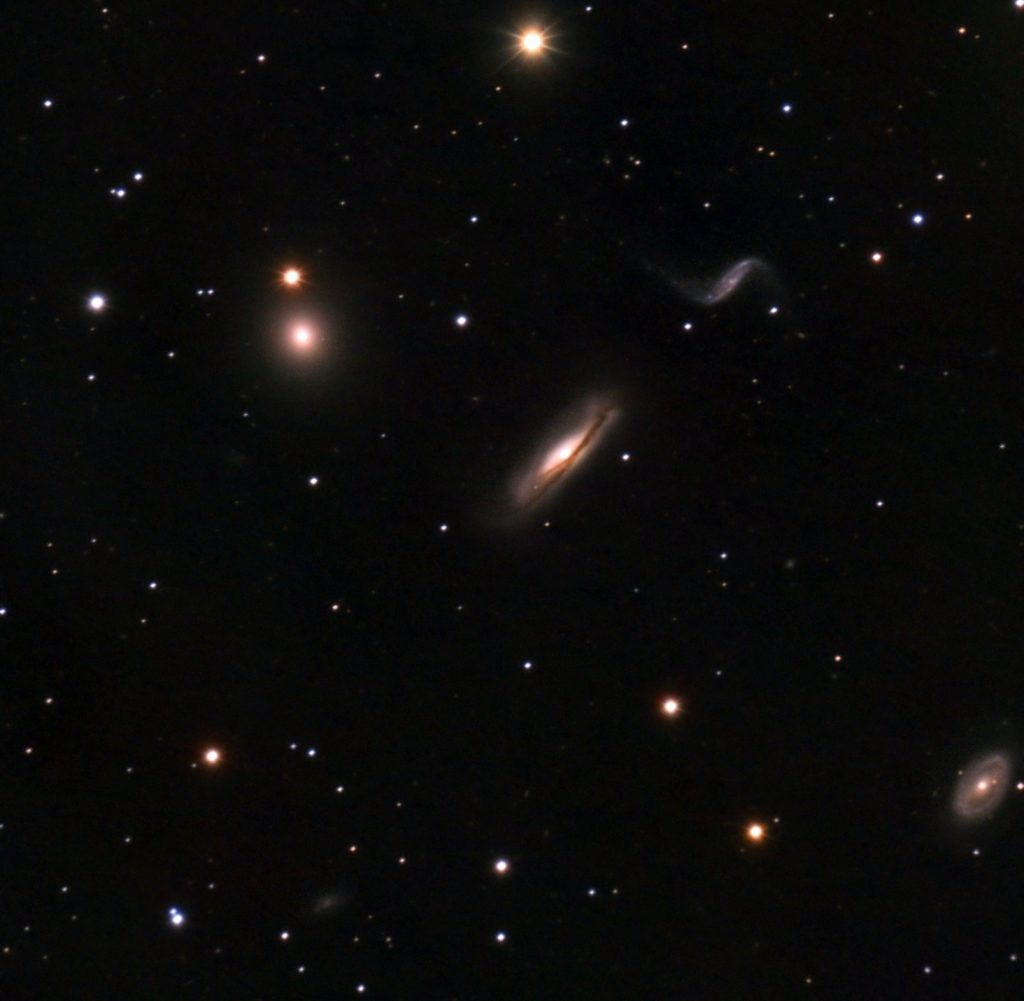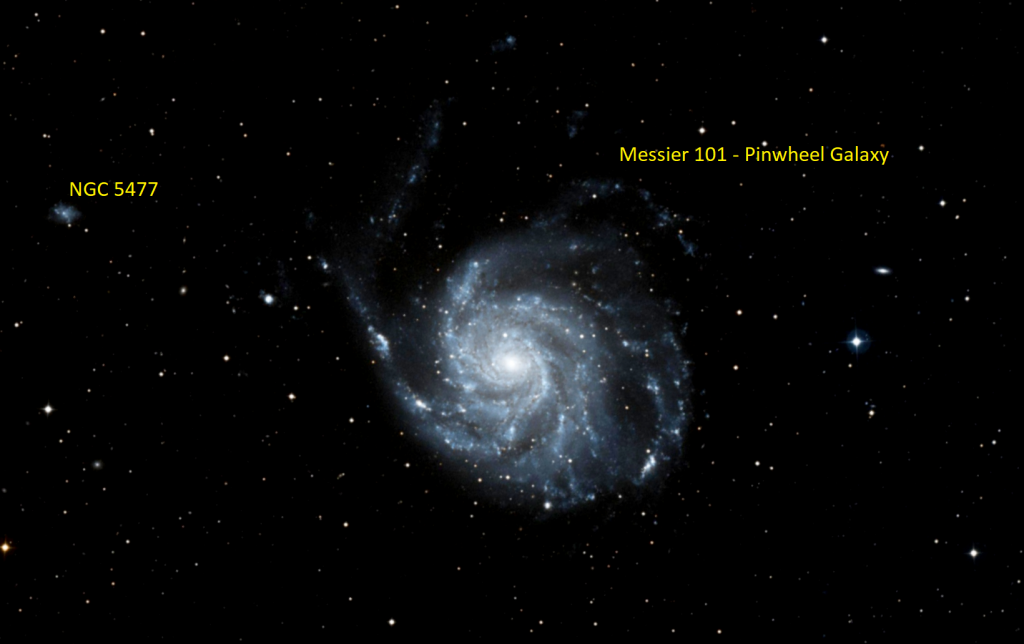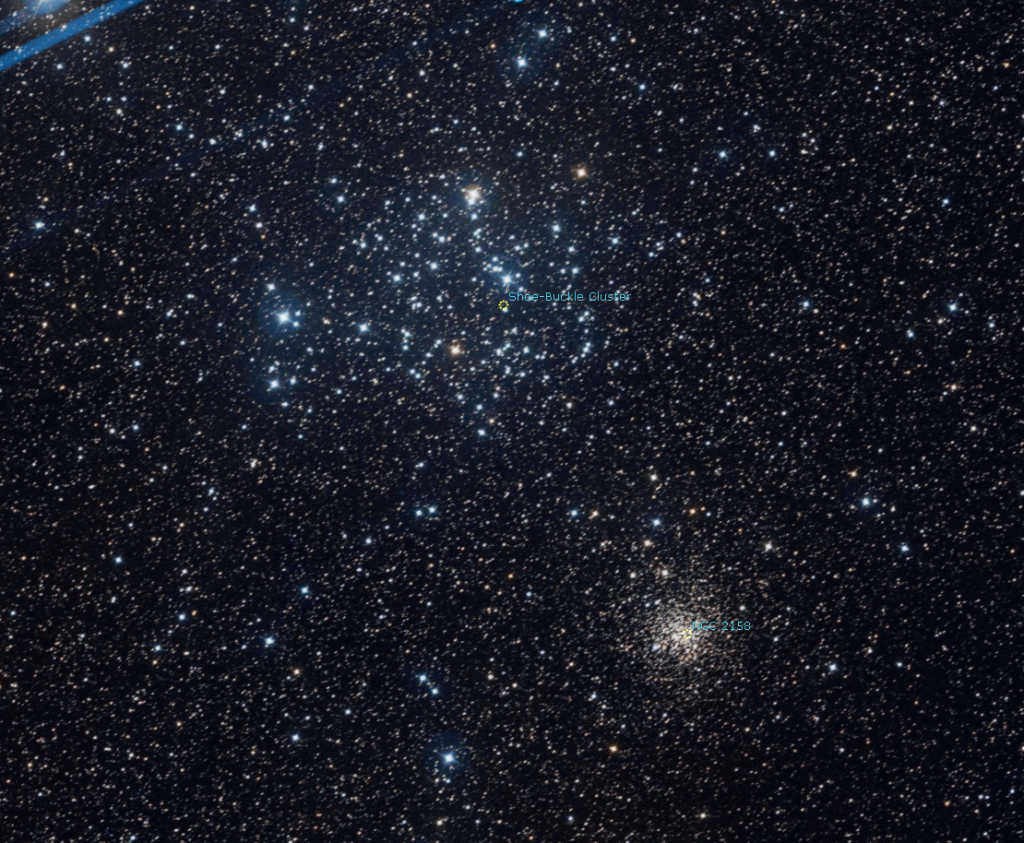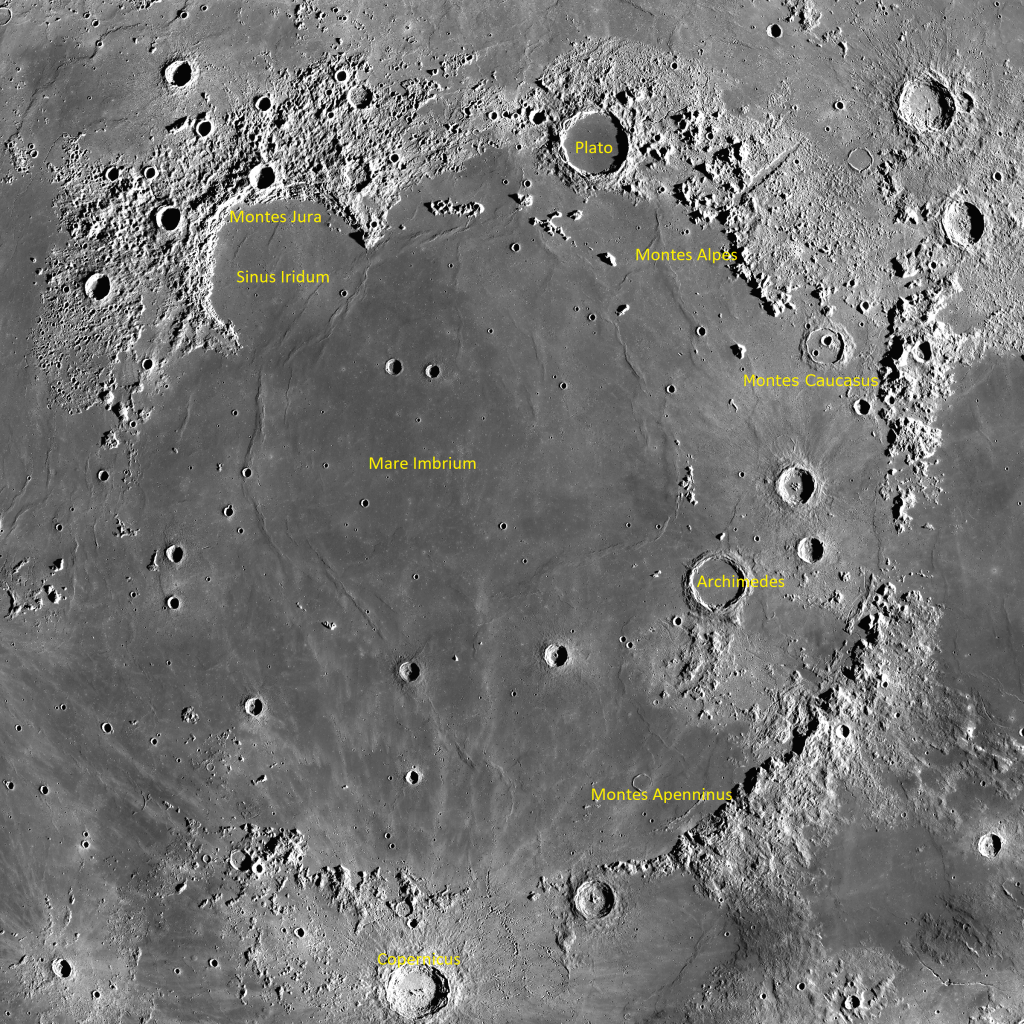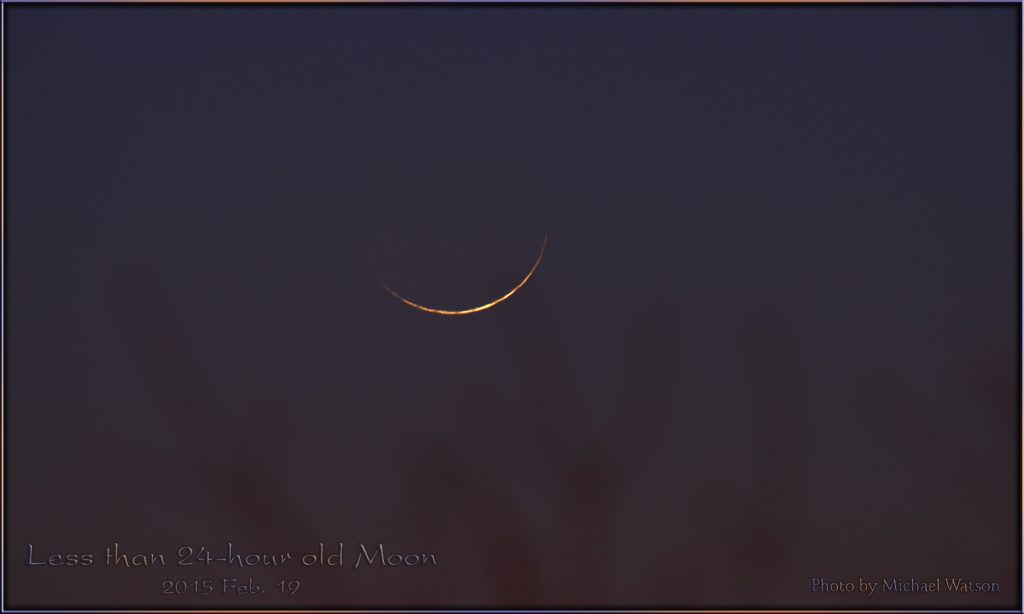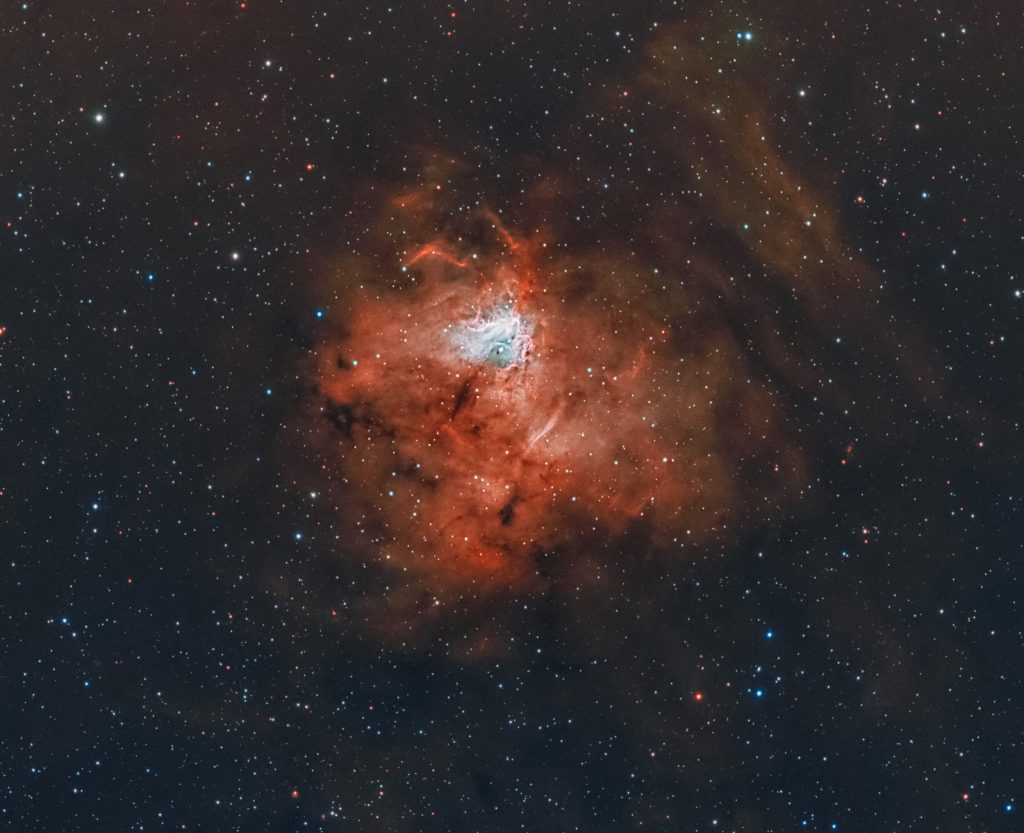Sunday’s Full Flower Moon Eclipsed, Morning Mars Moves Past Neptune, and Moonless Evenings Grow Globular Clusters!
This image of the big and bright globular star cluster Messier 5 in Serpens was captured by Adam Block at Mount Lemmon Sky Center, University of Arizona. The image covers about 20 arc-minutes of the sky, left-to-right. Note the old yellow stars sprinkled throughout. Hello, Mid-May Stargazers! Here are your Astronomy Skylights for the week…
Read more
